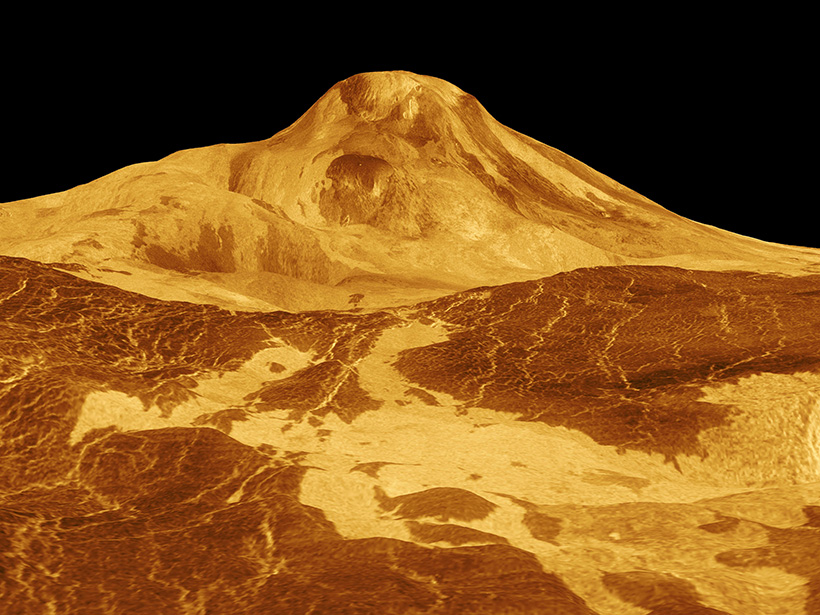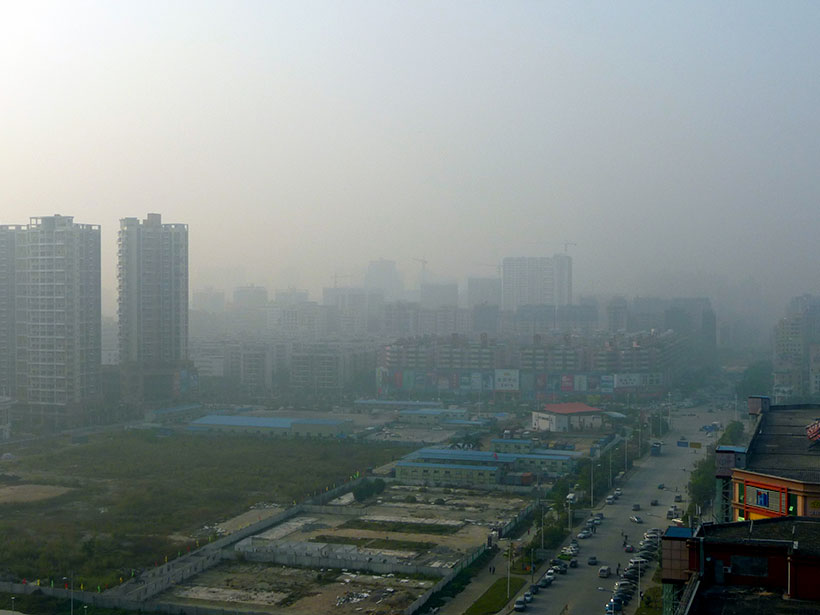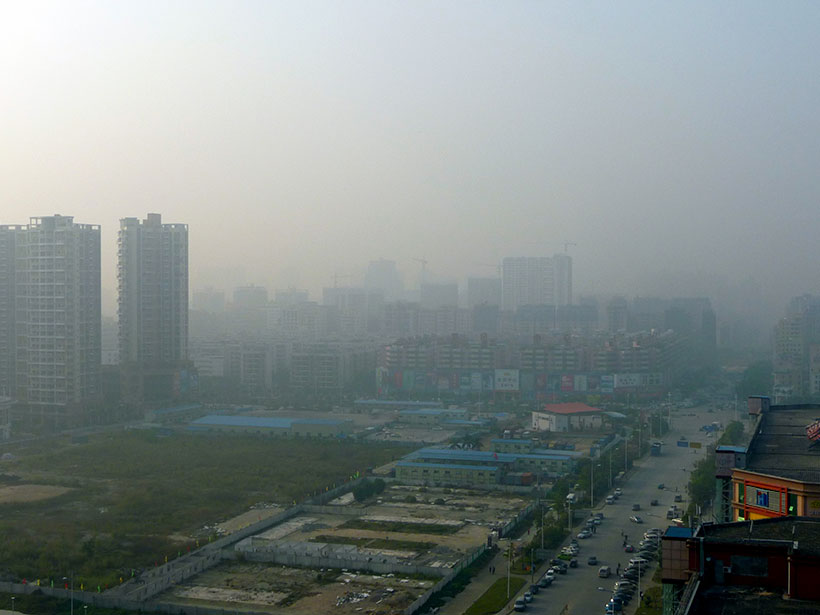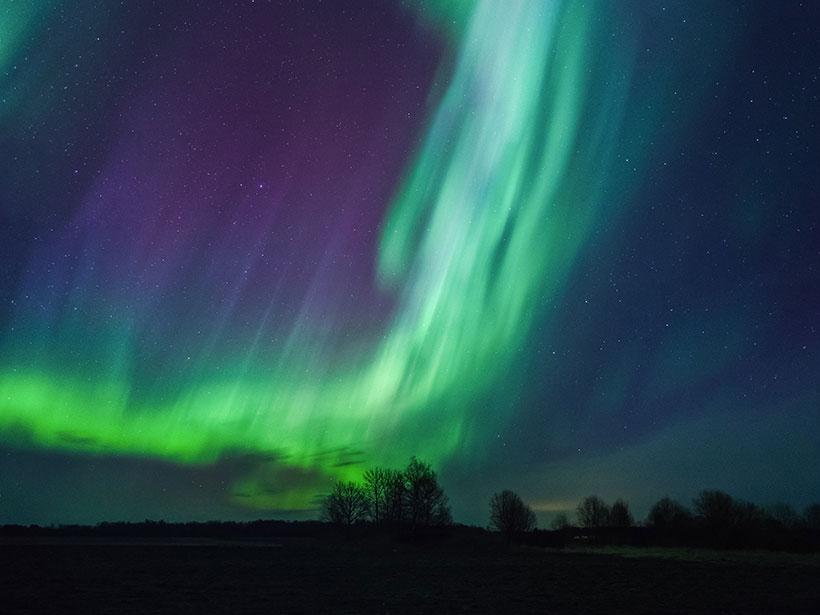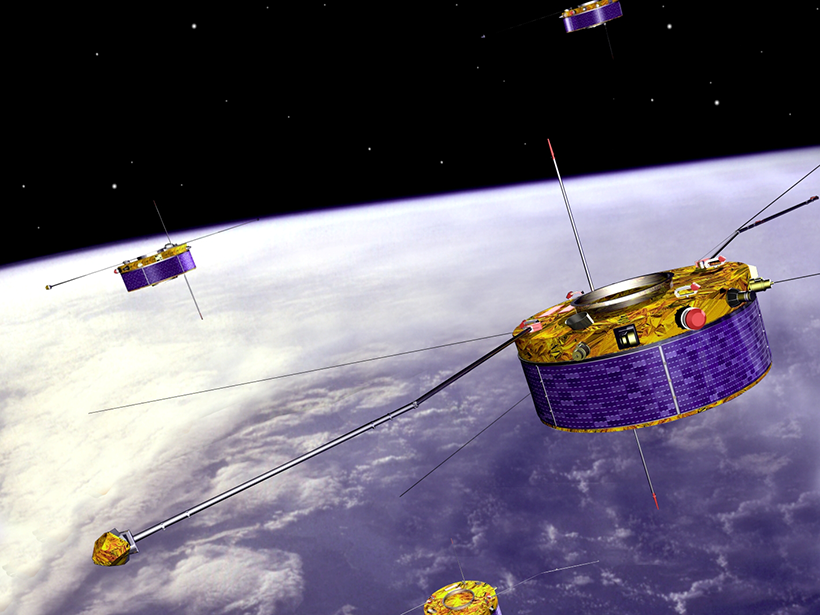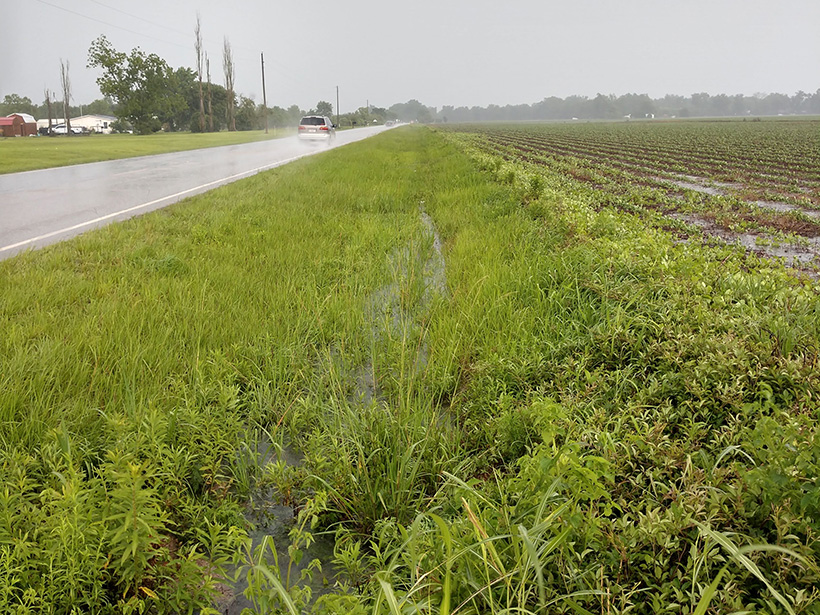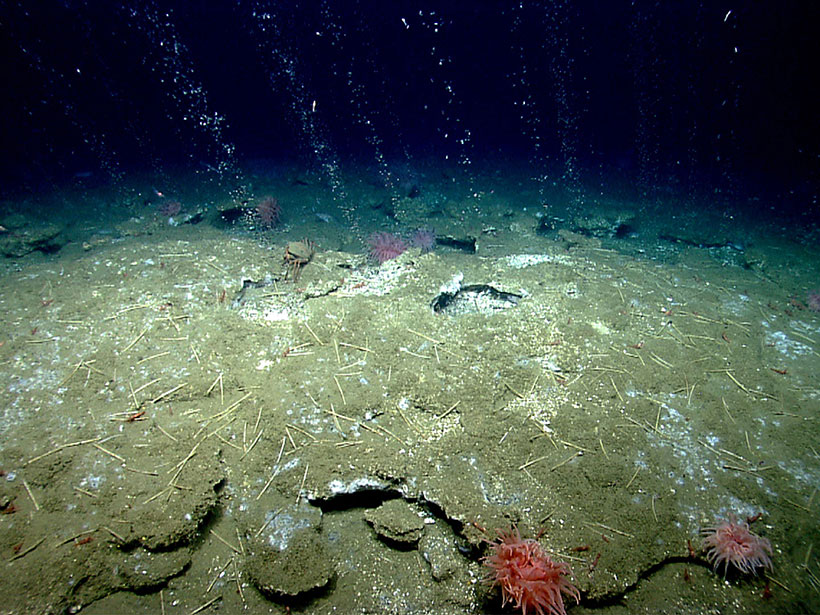A strategy that combines geologic mapping with data on how the planet’s surface emits and absorbs microwave radiation could potentially identify recent lava flows.
Research Spotlights
Research spotlights are plain-language summaries of recent articles published in AGU’s suite of 24 journals.
Los beneficios para la salud y el clima de reducir la contaminación del aire
En un nuevo estudio, investigadores aplicaron un modelo global del sistema Tierra para estimar los impactos de las reducciones de emisiones por sector.
Filling the Gaps in the SuperDARN Archive
Researchers present a new pattern-finding technique to better estimate missing data on ionospheric plasma velocities.
How Long Do Black Carbon Particles Linger in the Atmosphere?
Researchers uncover how black carbon evolves from hydrophobic particles to cloud nucleation sites, eventually removing the heat-absorbing particles from the sky.
La Captura de Carbono No Puede Resolver el Problema Climático Sin Acciones Individuales
Las elecciones individuales, como la adopción de vehículos eléctricos, serán un factor importante en el cumplimiento de los objetivos climáticos del Acuerdo de París.
Understanding Aurora Formation with ESA’s Cluster Mission
Over 2 decades, Cluster has shed light on the auroral acceleration region, where parallel electric fields send charged particles on a collision course with the atmosphere.
Tibetan Plateau Lakes as Heat Flux Hot Spots
Freshwater lakes on the highest plateau in the world act like lenses that accumulate heat from the intense solar radiation, accelerating ice cover melt and affecting land-atmosphere fluxes.
Does the Priming Effect Happen Underwater? It’s Complicated
A new meta-analysis finds evidence that adding fresh organic material can increase decomposition rates, but when and why that happens remain unclear.

